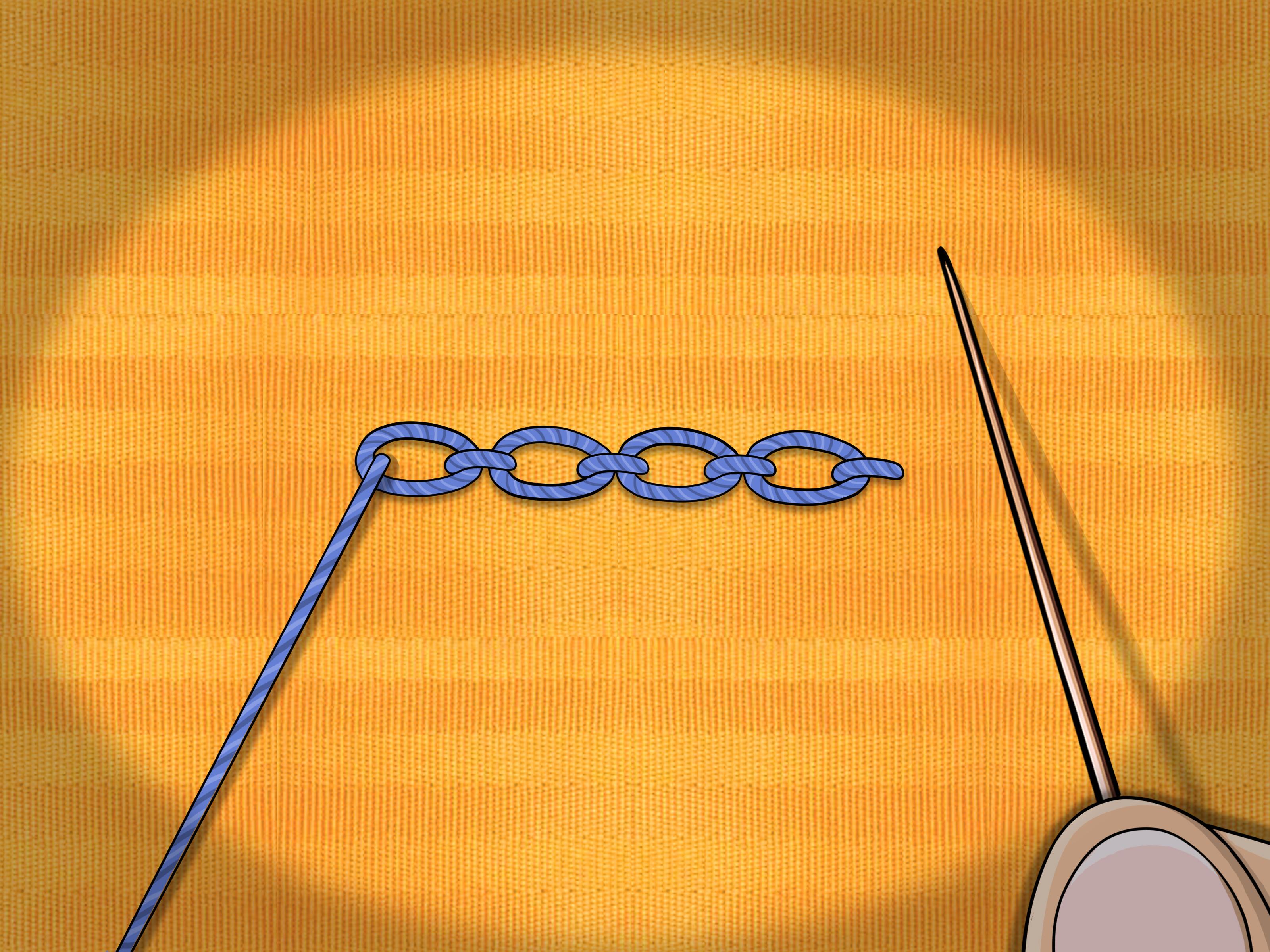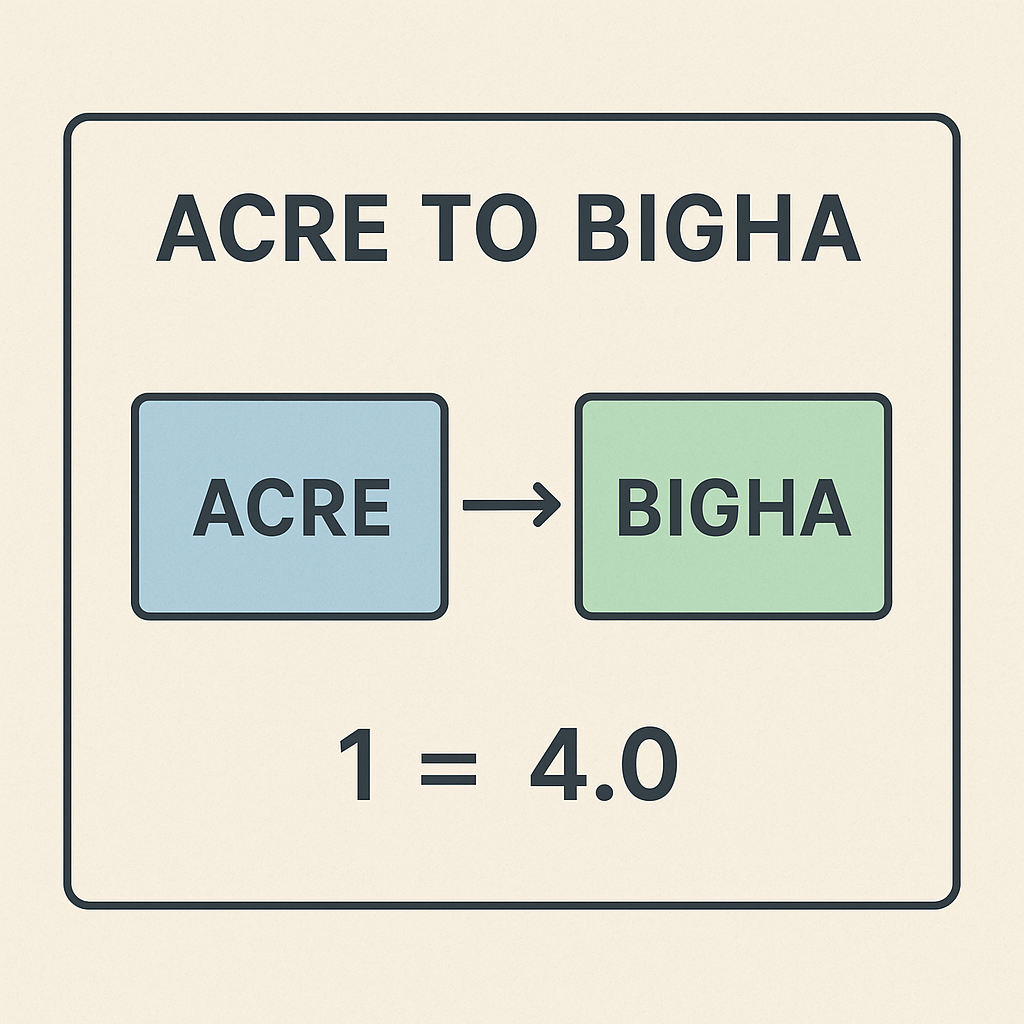Drainage Solutions for Paver Patio Installation Iowa: Managing Water Effectively

Proper drainage represents the most critical factor in successful paver patio installation Iowa projects. Iowa's diverse precipitation patterns, expansive clay soils, and significant freeze-thaw cycles demand sophisticated drainage solutions that protect both the patio structure and surrounding property from water damage.
Understanding Iowa's Drainage Challenges
Precipitation Patterns
Paver patio installation Iowa drainage design must accommodate the state's complex weather patterns:
Spring Snowmelt: Iowa's winter snow accumulation creates substantial runoff during spring thaw periods. Proper drainage systems must handle large volumes of water over short timeframes without overwhelming site capacity.
Summer Storms: Intense thunderstorms can deliver 2-4 inches of rainfall within hours, requiring drainage systems capable of managing extreme flow rates while preventing erosion and flooding.
Seasonal Totals: Iowa's 30-35 inches of annual precipitation creates year-round drainage demands that vary significantly by season and storm intensity.
Soil Considerations
Iowa's predominant clay soils create unique challenges for paver patio installation Iowa drainage:
Low Permeability: Clay soils absorb water slowly, causing surface runoff during heavy precipitation events. Drainage systems must compensate for limited natural infiltration.
Expansion Properties: Clay soils expand when wet and contract when dry, creating ground movement that affects drainage system performance and patio stability.
Seasonal Variations: Soil conditions change dramatically between wet spring periods and dry summer months, requiring flexible drainage approaches.
Essential Drainage Components
Proper Slope Design
Paver patio installation Iowa projects require carefully engineered slope systems:
Minimum Standards: Industry standards recommend 2% minimum slope (1/4 inch per foot) for effective water movement away from structures.
Iowa Adaptations: Clay soil conditions may require enhanced slopes up to 3-4% in areas with poor natural drainage to ensure adequate water movement.
Multi-Directional Design: Complex patios benefit from multi-directional slopes directing water toward multiple discharge points rather than single collection areas.
Base Layer Engineering
Proper base construction provides fundamental drainage for paver patio installation Iowa:
Open-Graded Materials: Use clean, angular stone (typically 3/4" minus) that promotes rapid water infiltration while providing structural stability.
Depth Requirements: Iowa installations typically require 6-8 inches of base material, with additional depth in clay soil areas for enhanced drainage capacity.
Compaction Standards: Proper compaction in 2-inch lifts creates stable base while maintaining void space for water movement.
Geotextile Applications
Strategic geotextile use enhances paver patio installation Iowa drainage performance:
Separation Function: Geotextile fabric prevents clay soil migration into base materials, maintaining drainage capacity over time.
Filtration Benefits: Proper fabric selection allows water passage while blocking fine soil particles that could clog drainage systems.
Stabilization Effects: Geotextile reinforcement provides additional stability in Iowa's challenging soil conditions.
Advanced Drainage Systems
French Drain Integration
French drains provide enhanced drainage for paver patio installation Iowa projects:
Perimeter Installation: French drains around patio edges collect and redirect water away from the installation area while protecting adjacent structures.
Material Selection: Use 4-6 inch perforated pipe surrounded by clean gravel for optimal performance in Iowa conditions.
Discharge Planning: Design discharge points that direct water to appropriate areas without creating erosion or flooding problems elsewhere on the property.
Catch Basin Systems
Catch basins offer controlled drainage for paver patio installation Iowa installations:
Strategic Placement: Install catch basins at low points and natural collection areas to manage concentrated water flow effectively.
Sizing Calculations: Size systems based on drainage area, precipitation intensity, and soil infiltration rates specific to Iowa conditions.
Maintenance Access: Design systems with accessible cleanouts for regular maintenance required in Iowa's debris-rich environment.
Permeable Paver Systems
Permeable pavers provide sustainable drainage for paver patio installation Iowa:
Infiltration Benefits: Permeable systems allow water to pass through paver surfaces directly into base materials, reducing runoff and protecting water quality.
Base Requirements: Permeable installations require deeper bases (typically 12-18 inches) with specific aggregate gradations for proper function.
Maintenance Considerations: Regular cleaning prevents clogging that could compromise system performance in Iowa's organic-rich environment.
Site-Specific Drainage Solutions
Elevated Patio Drainage
Elevated paver patio installation Iowa projects require specialized drainage approaches:
Underslab Systems: Install drainage systems beneath elevated patios to prevent water accumulation that could cause structural problems.
Deck Integration: Coordinate patio drainage with existing deck or structure drainage to create comprehensive water management.
Access Planning: Design maintenance access for drainage systems in elevated installations where access may be limited.
Sloped Site Management
Steep sites require enhanced paver patio installation Iowa drainage solutions:
Retaining Wall Integration: Combine retaining walls with drainage systems to manage water flow on sloped sites effectively.
Terraced Drainage: Multiple drainage zones may be necessary to manage water flow across significant grade changes.
Erosion Control: Implement erosion control measures that work with drainage systems to protect both the patio and surrounding landscape.
Clay Soil Adaptations
Enhanced Base Systems
Iowa's clay soils require modified paver patio installation Iowa base designs:
Increased Depth: Clay soil areas may require 10-12 inches of base material to provide adequate drainage capacity and prevent heaving.
Aggregate Selection: Use well-graded aggregates that provide both drainage and stability in expansive soil conditions.
Geogrid Reinforcement: Consider geogrid reinforcement in base layers to provide additional stability during soil movement cycles.
Subsurface Drainage
Subsurface systems address groundwater issues common in paver patio installation Iowa:
Underdrain Installation: Install underdrain systems in areas with high groundwater or poor natural drainage to prevent base saturation.
Pump Systems: Extreme cases may require pump systems to manage water in areas with no natural drainage outlet.
Monitoring Systems: Consider monitoring systems in complex installations to verify drainage performance over time.
Maintenance and Long-Term Performance
Regular Inspection
Effective paver patio installation Iowa drainage requires ongoing attention:
Seasonal Checks: Inspect drainage systems before and after each major season to identify problems before they cause damage.
Joint Maintenance: Keep paver joints properly filled to prevent water infiltration that could compromise base stability.
Surface Cleaning: Remove organic debris that could block surface drainage or promote unwanted vegetation growth.
System Upgrades
Evolving conditions may require paver patio installation Iowa drainage improvements:
Capacity Enhancement: Climate change may require upgrading drainage capacity to handle more intense precipitation events.
Technology Integration: New drainage technologies may offer improved performance for existing installations.
Preventive Improvements: Proactive upgrades can prevent problems before they cause damage to patio or property.
Professional Design Considerations
Engineering Requirements
Complex paver patio installation Iowa drainage may require professional engineering:
Flow Calculations: Engineers can calculate precise drainage requirements based on site conditions, precipitation data, and soil characteristics.
System Integration: Professional design ensures drainage systems work effectively with existing site conditions and infrastructure.
Code Compliance: Professional design ensures compliance with local drainage codes and environmental regulations.
Installation Expertise
Proper paver patio installation Iowa drainage installation requires specialized knowledge:
Soil Assessment: Professional assessment of soil conditions ensures appropriate drainage design for specific site conditions.
Material Selection: Experts understand which materials perform best in Iowa's challenging conditions.
Quality Control: Professional installation includes testing and verification to ensure systems perform as designed.
Conclusion
Successful paver patio installation Iowa requires comprehensive drainage planning that addresses the state's unique precipitation patterns, soil conditions, and climate challenges. Through proper slope design, base engineering, and system integration, homeowners can create beautiful, functional outdoor spaces that manage water effectively while protecting their investment and property for decades to come.







